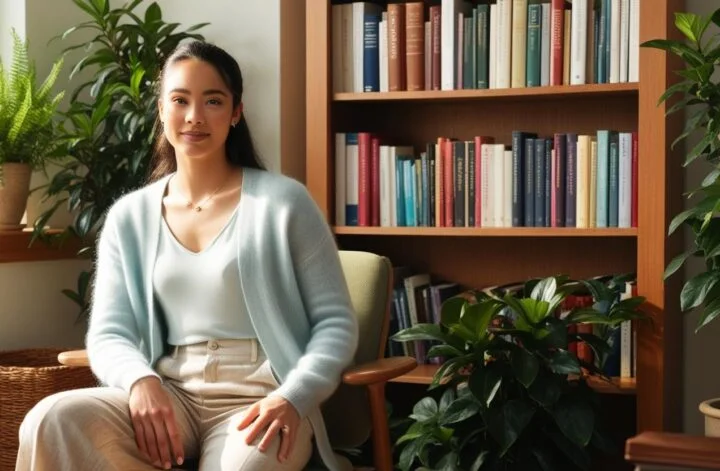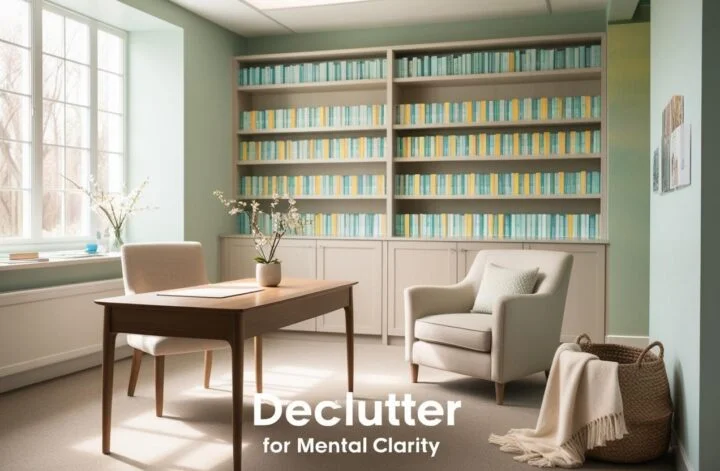Designing a therapy room isn’t just about matching colors or arranging furniture—it’s about creating an environment that quietly says, “You are safe here.” From the moment a client walks through the door, your space becomes part of the therapeutic relationship. Every detail—from lighting and sound to wall art and seating—can either enhance or interrupt a client’s sense of emotional safety.
In a profession rooted in connection, the design of your therapy office is more than aesthetics—it’s a tool for healing. Whether you’re starting from scratch or refreshing a room that no longer feels aligned, this guide will walk you through research-backed principles and practical strategies for transforming your therapy space into a calm, focused, and welcoming retreat.
You don’t need an interior design degree or a massive budget—just a clear understanding of what actually works. In this guide, you’ll learn how to apply calming therapy room design techniques that support your clients’ nervous systems, foster trust, and reflect your therapeutic presence.

























